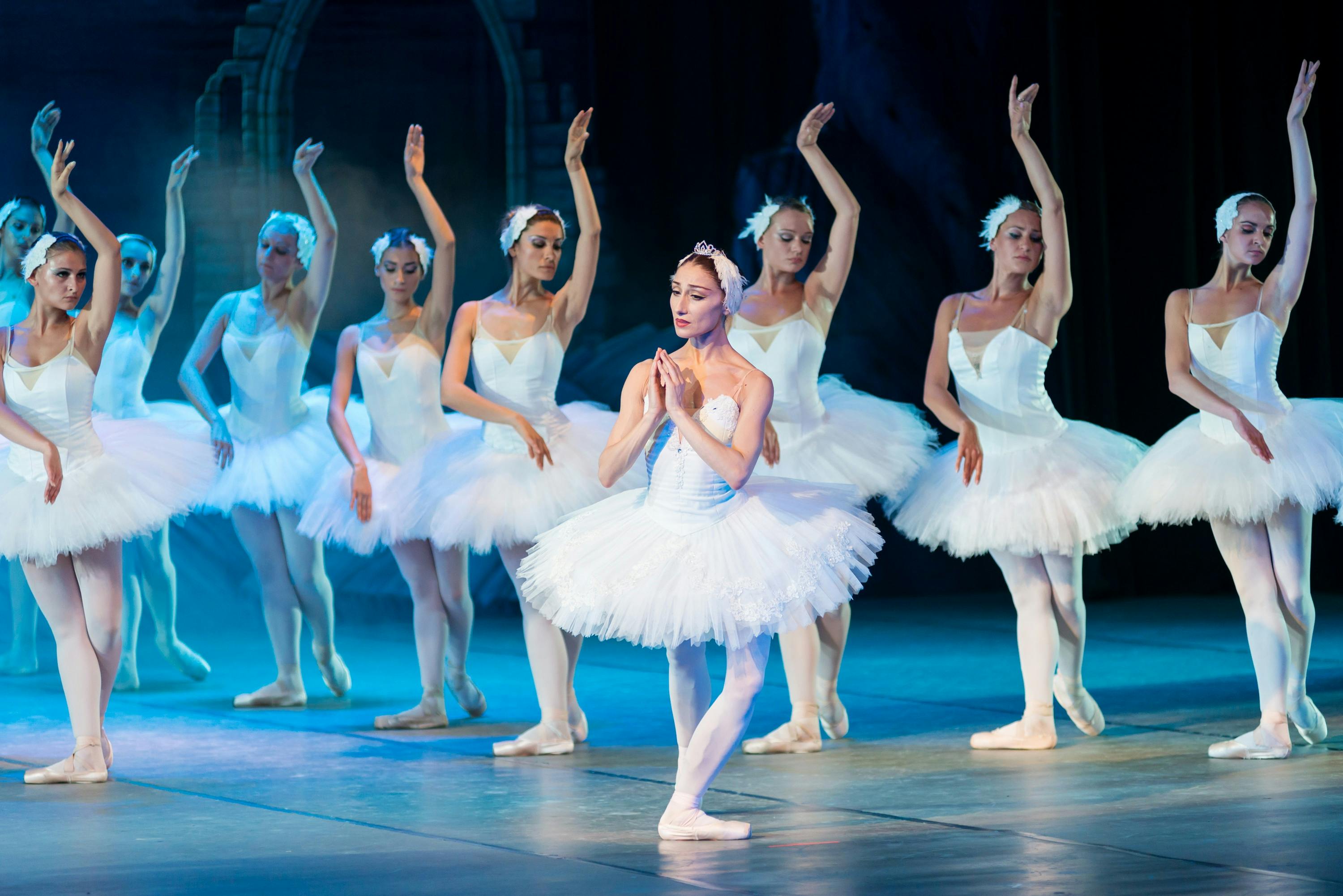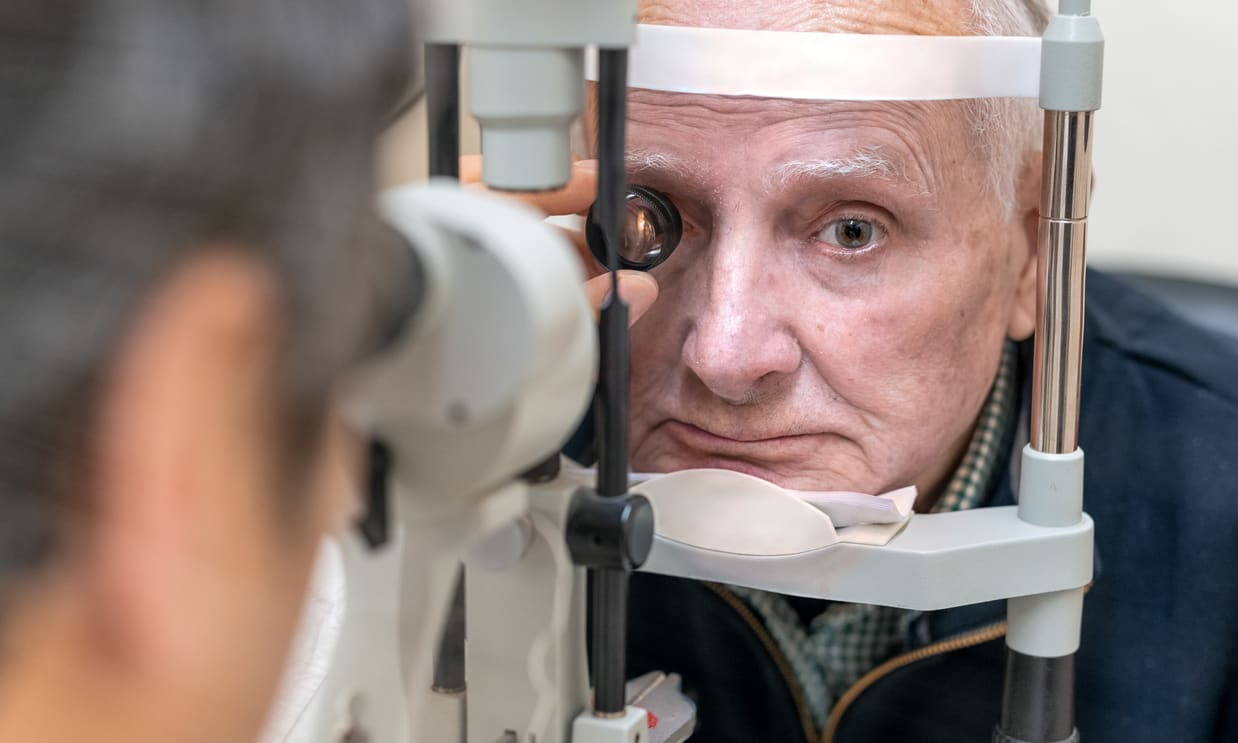Establishing Harmony: The Cinematic Ballet
Introduction: Delve into the captivating world of cinematic ballet—a genre that merges film and dance to create a unique artistic expression that is both visually striking and deeply emotive. Cinematic ballet is not a new phenomenon. Its roots can be traced back to the early 20th century, when pioneers of cinema like Thomas Edison began experimenting with capturing dance on film. However, it was in the 1940s and 50s, during Hollywood’s Golden Age, that cinematic ballet truly began to flourish. Films like "An American in Paris", "The Red Shoes", and "Singing in the Rain" introduced audiences to the mesmerizing blend of ballet and cinema, with elaborate dance sequences that became the highlight of these productions.

The Modern Pirouette: Current Developments
Fast forward to the present day, and cinematic ballet is undergoing a resurgence. In the age of digital media and the democratization of filmmaking, dance companies and independent artists alike are exploring the potential of cinematic ballet. The New York City Ballet’s digital season during the pandemic, for example, featured several films that combined dance and cinema in novel ways. The 2017 film “The Greatest Showman” also made waves with its vibrant choreography and compelling story, proving that the genre is far from antiquated.
More Than Just Dance: Impact and Significance
Cinematic ballet is not just about capturing dance on film—it’s about creating a new form of artistic expression that combines the physicality and emotion of ballet with the visual storytelling techniques of cinema. It pushes the boundaries of both art forms, creating a synergy that is greater than the sum of its parts. The impact of this genre extends beyond the arts as well, influencing fashion, advertising, and music videos.
From Curtain to Screen: Public Reception
Public reception to cinematic ballet has been overwhelmingly positive. Audiences are drawn to the beauty of the dance, the visual spectacle of the cinematography, and the emotional depth of the narrative. It’s a genre that appeals to a wide range of people, from ballet devotees to film aficionados. Moreover, it offers an accessible introduction to ballet for those who may not be familiar with the art form.
Celebrating the Dance: Looking Ahead
As we move forward, the potential for cinematic ballet is exciting. Advances in technology, such as virtual reality and 3D filmmaking, offer new avenues for exploration. There is a growing interest in immersive, experiential art, and cinematic ballet fits perfectly within this trend. With its blend of tradition and innovation, cinematic ballet is poised to continue captivating audiences for years to come.
In conclusion, cinematic ballet is a fascinating intersection of art and entertainment. By merging the grace of ballet with the magic of cinema, it offers a unique and engaging experience that is both visually stunning and emotionally resonant. As we look to the future, it’s clear that cinematic ballet will continue to shape and inspire the world of arts and entertainment.




